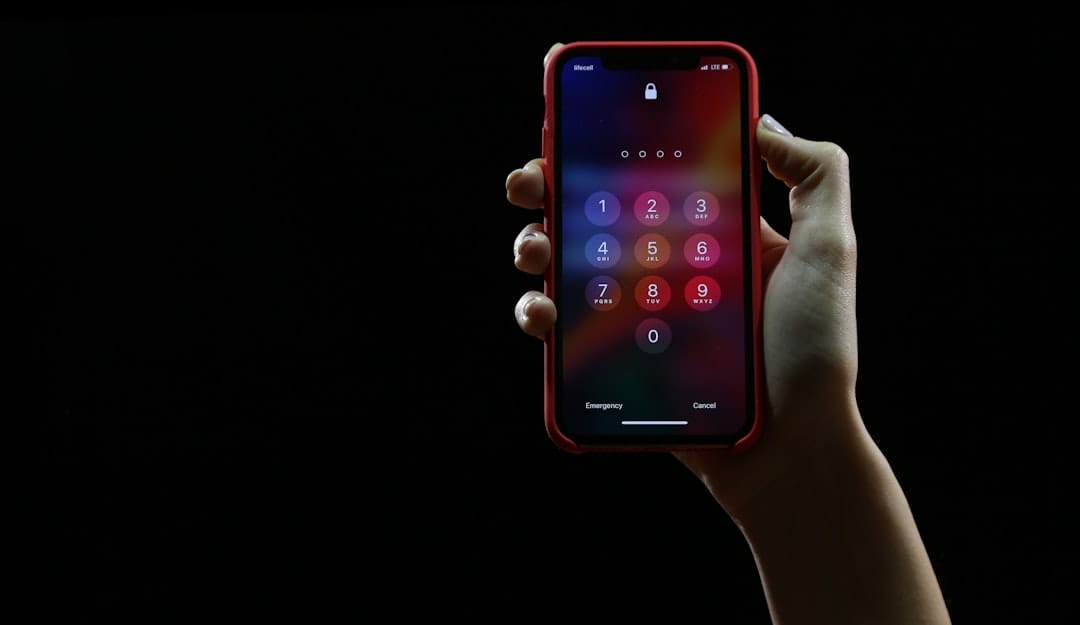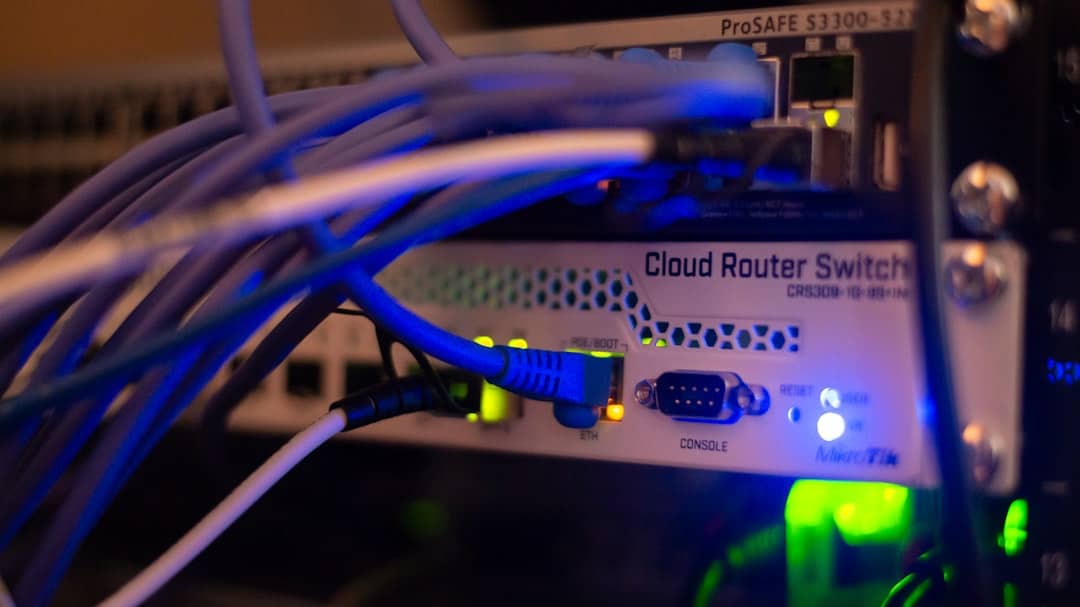A Security Operation Center (SOC) is a crucial component of an organization’s cybersecurity infrastructure. It functions as a centralized unit responsible for monitoring, detecting, analyzing, and responding to security incidents and threats in real-time. The primary goal of a SOC is to protect the confidentiality, integrity, and availability of an organization’s data and systems.
SOCs achieve this objective through continuous surveillance of network traffic, log analysis, and security event monitoring. These activities enable the identification and mitigation of potential security breaches. Additional responsibilities of a SOC include incident response, threat intelligence gathering, vulnerability management, and security awareness training.
By centralizing these functions, SOCs enable organizations to proactively defend against cyber threats and minimize the impact of security incidents. They serve as a collaborative hub for various teams within an organization, including IT, security, compliance, and risk management. This centralization facilitates information sharing, coordinated response efforts, and alignment of security strategies with business objectives.
The SOC provides a unified platform for cross-functional communication and collaboration, ensuring that security measures are integrated with the organization’s overall risk management strategy. As a result, SOCs play a vital role in maintaining an organization’s Cybersecurity posture, offering the necessary visibility and control to protect against evolving cyber threats.
Key Takeaways
- A Security Operation Center (SOC) plays a crucial role in monitoring and responding to security incidents within an organization.
- Designing and implementing a robust SOC involves careful planning, clear communication, and the use of advanced technologies.
- Leveraging technology such as AI, machine learning, and automation can enhance security monitoring and response capabilities.
- Building a skilled and agile security team is essential for the success of a SOC, requiring ongoing training and development.
- Establishing proactive threat detection and response protocols is critical for identifying and mitigating security threats before they escalate.
Designing and Implementing a Robust Security Operation Center
Designing and implementing a robust Security Operation Center (SOC) requires careful planning, strategic investment, and a comprehensive understanding of the organization’s security needs. The first step in this process is to conduct a thorough assessment of the organization’s current security posture, including its existing security tools, processes, and capabilities. This assessment will help identify gaps and weaknesses that need to be addressed in the design of the SOOnce the assessment is complete, the next step is to define the goals and objectives of the SOC, taking into account the organization’s risk tolerance, compliance requirements, and business priorities.
After defining the goals and objectives, the next step is to select the appropriate technology and tools to support the SOC’s operations. This may include investing in advanced security analytics platforms, threat intelligence feeds, incident response tools, and automation technologies. Additionally, the design of the SOC should take into consideration factors such as scalability, flexibility, and integration with existing security infrastructure.
Once the technology stack is in place, the implementation phase involves setting up the physical infrastructure, configuring security tools, establishing monitoring processes, and defining standard operating procedures for incident response and threat detection. Throughout this process, it is essential to involve key stakeholders from IT, security, compliance, and risk management to ensure that the SOC is aligned with the organization’s overall security strategy.
Leveraging Technology for Enhanced Security Monitoring

Leveraging technology is crucial for enhancing security monitoring within a Security Operation Center (SOC). Advanced technologies such as artificial intelligence (AI), machine learning (ML), and big data analytics can significantly improve the SOC’s ability to detect and respond to security threats in real-time. These technologies enable the SOC to analyze large volumes of data from diverse sources, identify patterns and anomalies, and automate response actions.
For example, AI-powered security analytics platforms can help identify potential threats by correlating data from multiple sources and applying behavioral analysis to detect abnormal activities. Similarly, ML algorithms can be used to continuously learn from security incidents and improve the accuracy of threat detection over time. In addition to AI and ML, leveraging technologies such as Security Information and Event Management (SIEM) systems, intrusion detection/prevention systems (IDS/IPS), endpoint detection and response (EDR) solutions, and threat intelligence feeds can provide the SOC with comprehensive visibility into the organization’s IT environment.
These technologies enable the SOC to monitor network traffic, log data, user activities, and system events to identify potential security incidents and vulnerabilities. Furthermore, automation technologies can be used to streamline repetitive tasks such as log analysis, incident triage, and response orchestration, allowing SOC analysts to focus on more complex security challenges. By leveraging these technologies effectively, a SOC can enhance its ability to monitor and respond to security threats proactively.
Building a Skilled and Agile Security Team
| Metrics | 2019 | 2020 | 2021 |
|---|---|---|---|
| Number of security team members | 15 | 20 | 25 |
| Training hours per team member | 20 | 25 | 30 |
| Number of security certifications obtained | 10 | 15 | 20 |
| Incident response time (in minutes) | 60 | 45 | 30 |
Building a skilled and agile security team is essential for the success of a Security Operation Center (SOC). The team should consist of highly skilled professionals with expertise in areas such as network security, threat intelligence, incident response, forensics, and compliance. Additionally, team members should possess strong analytical skills, critical thinking abilities, and a deep understanding of emerging cyber threats and attack techniques.
To build such a team, organizations should invest in continuous training and development programs to keep their security professionals updated with the latest trends in cybersecurity. Furthermore, agility is crucial for a SOC team to effectively respond to evolving security threats. This requires fostering a culture of collaboration, adaptability, and continuous learning within the team.
Cross-training team members on different aspects of security operations can help ensure that the team is well-rounded and capable of handling diverse security challenges. Additionally, establishing clear roles and responsibilities within the team can help streamline communication and decision-making during security incidents. By building a skilled and agile security team, organizations can ensure that their SOC is well-equipped to handle complex security challenges effectively.
Establishing Proactive Threat Detection and Response Protocols
Establishing proactive threat detection and response protocols is essential for a Security Operation Center (SOC) to effectively mitigate security risks. Proactive threat detection involves continuously monitoring the organization’s IT environment for potential indicators of compromise (IOCs) and suspicious activities. This can be achieved through real-time analysis of network traffic, log data, user behavior, and system events using advanced security analytics tools.
By identifying potential threats at an early stage, a SOC can take proactive measures to prevent security incidents from escalating. In addition to proactive detection, establishing robust response protocols is crucial for minimizing the impact of security incidents. This involves defining clear escalation procedures, incident categorization criteria, response playbooks, and communication channels for coordinating response efforts.
Furthermore, automation technologies can be leveraged to orchestrate response actions such as isolating compromised systems, blocking malicious traffic, or quarantining infected endpoints. By establishing proactive threat detection and response protocols, a SOC can significantly reduce the dwell time of attackers within the organization’s network and limit the potential damage caused by security incidents.
Integrating Incident Response and Recovery Processes

Integrating incident response and recovery processes is essential for a Security Operation Center (SOC) to effectively manage security incidents from detection to resolution. Incident response involves identifying, containing, eradicating, recovering from, and learning from security incidents. This requires establishing clear incident response workflows, defining roles and responsibilities within the response team, and conducting regular incident response exercises to test the effectiveness of response procedures.
Additionally, organizations should establish communication protocols with external stakeholders such as law enforcement agencies, regulatory bodies, and third-party vendors to ensure a coordinated response to major security incidents. Furthermore, integrating incident recovery processes into the SOC’s operations is crucial for restoring normal business operations after a security incident. This involves developing recovery plans for different types of incidents such as ransomware attacks, data breaches, or DDoS attacks.
Recovery plans should include procedures for restoring data backups, rebuilding compromised systems, conducting post-incident analysis, and implementing corrective actions to prevent similar incidents in the future. By integrating incident response and recovery processes seamlessly within the SOC’s operations, organizations can ensure a swift and effective response to security incidents while minimizing the impact on business operations.
Continuous Improvement and Adaptation in Security Operations
Continuous improvement and adaptation are essential for Security Operation Centers (SOCs) to stay ahead of evolving cyber threats. This involves regularly reviewing and updating security processes, technologies, and procedures based on lessons learned from past incidents and emerging threat trends. Continuous improvement also requires conducting regular assessments of the SOC’s performance metrics such as mean time to detect (MTTD) and mean time to respond (MTTR) to identify areas for improvement.
Additionally, staying abreast of emerging technologies and threat intelligence is crucial for adapting to new attack vectors and tactics used by cybercriminals. This may involve investing in advanced threat intelligence feeds, participating in information sharing communities such as ISACs (Information Sharing and Analysis Centers), or collaborating with industry peers to exchange threat intelligence. By continuously improving and adapting their security operations based on real-time insights and emerging trends in cybersecurity, SOCs can effectively defend against sophisticated cyber threats while maintaining a proactive stance against potential risks.
In conclusion, a Security Operation Center (SOC) plays a pivotal role in an organization’s cybersecurity strategy by providing real-time monitoring, detection, analysis, and response capabilities against evolving cyber threats. Designing and implementing a robust SOC requires careful planning, strategic investment in technology, building a skilled and agile security team while establishing proactive threat detection protocols integrated with incident response processes. Continuous improvement and adaptation are essential for SOCs to stay ahead of emerging cyber threats while maintaining a proactive stance against potential risks.
By embracing these principles effectively within their operations, organizations can ensure that their SOC remains at the forefront of defending against evolving cyber threats while safeguarding their critical assets from potential breaches.
If you’re interested in learning more about the impact of the metaverse on the real world, you should check out this article on Metaverse and the Real World: Economic and Social Impacts. It discusses how the metaverse is shaping our economy and society, which is important for security operation centers to consider as they navigate the digital landscape.
FAQs
What is a Security Operation Center (SOC)?
A Security Operation Center (SOC) is a centralized unit within an organization that deals with security issues, on an organizational and technical level. It is responsible for monitoring, detecting, analyzing, and responding to security incidents.
What are the main functions of a Security Operation Center?
The main functions of a Security Operation Center include monitoring and analyzing security events, responding to security incidents, managing and mitigating security risks, and providing security awareness and training.
What are the key components of a Security Operation Center?
The key components of a Security Operation Center include security analysts, security tools and technologies (such as SIEM, IDS/IPS, and endpoint security solutions), incident response procedures, and security policies and procedures.
What is the role of security analysts in a Security Operation Center?
Security analysts in a Security Operation Center are responsible for monitoring and analyzing security events, investigating and responding to security incidents, and providing recommendations for improving the organization’s security posture.
What are the benefits of having a Security Operation Center?
Having a Security Operation Center can help organizations improve their security posture, detect and respond to security incidents in a timely manner, and mitigate security risks. It also provides a centralized approach to managing security operations and ensures compliance with security policies and regulations.











Leave a Reply